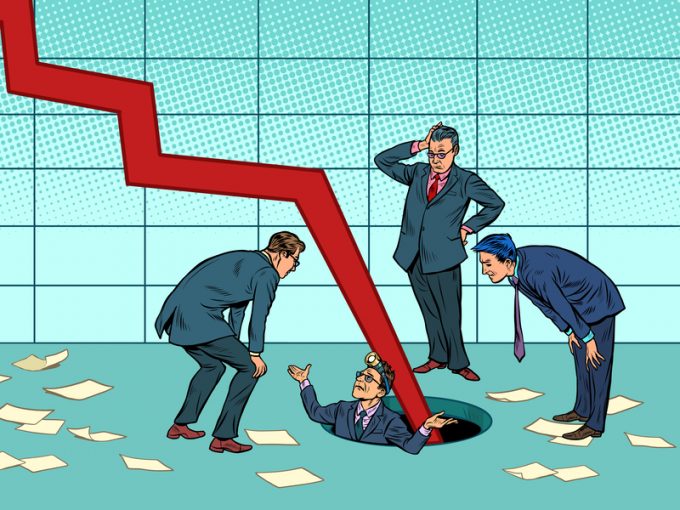Congestion at Asian and European ports keeping charter rates firm
UPDATED TO CHANGE ECONDB DELAYS FROM VESSEL WAITING TIMES TO CONTAINER DWELL TIMES. Bottlenecks at Asian ...

The containership charter market bubble appears to have burst, according to MSI’s Horizon report for September.
“Container markets have finally ceased to walk on air, as both freight and time-charter markets have seen steep declines over the past month,” it notes.
It says the significant declines in spot freight rates had “started to be mirrored in time-charter rates in quite spectacular fashion”, with benchmark rates for some vessel sizes collapsing by 60% last month.
“We anticipate charter rates to keep declining as spot rates ...
'Disastrous' DSV-Schenker merger would 'disrupt European haulage market'
'Chaos after chaos' coming from de minimis changes and more tariffs
List of blanked transpac sailings grows as trade war heats up and demand cools
Shippers in Asia restart ocean shipment bookings – but not from China
Forto 'sharpens commercial priorities' as it lays off one-third of staff
India withdraws access for Bangladesh transhipments, in 'very harmful' decision
'Tariff hell' leaves industries in limbo – 'not a great environment to plan'
Temporary tariff relief brings on early transpacific peak season
Pre-tariff rush of goods from US to China sees air rates soar, but not for long
De minimis-induced ecommerce demand slump could cripple freighter operators
Asian exporters scramble for ships and boxes to beat 90-day tariff pause
Forwarders 'allowing the fox into the chicken run' by supporting 'hungry' carriers
Hapag 'took the bigger risk' when it signed up to Gemini, says Maersk
'Restoring America's maritime dominance' – stop laughing at the back of the class
Navigating tariffs: 'like trying to solve a Rubik's cube while colour-blind'

Comment on this article